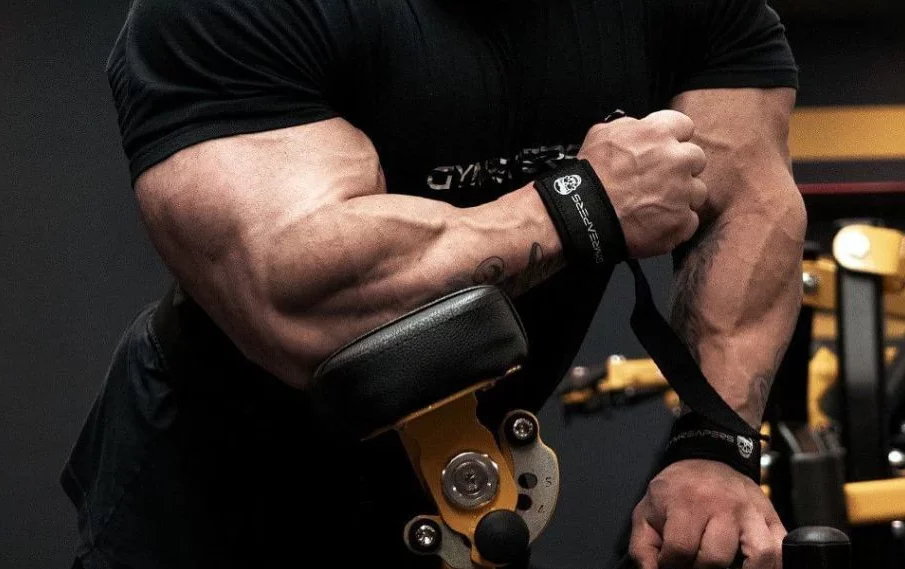Across the Body, Off Your Mind: Why the Strap Still Matters

People obsess over bags—leather grain, hardware, color, size—but barely think about the one part that touches you most: the crossbody straps. The crossbody strap is more than just a means to wear your bag. It’s balance. It’s the pressure distribution. It’s the difference between carrying your stuff and being annoyed by it all day.
Uncomfortable straps dig in. They slip. They twist. They make a good bag feel like a chore. A great crossbody strap? You forget it’s even there.
Not All Straps Are Built Equal
Materials matter. Cheap, thin straps wear out, stretch unevenly, or fray at stress points. They also feel terrible across your chest. The better ones? Think thick woven nylon, soft leather with reinforced stitching, or padded webbing that holds up and holds on.
Attachment hardware matters too. A strong swivel clip or a D-ring that doesn’t squeak under weight—tiny things that make a big difference when you’re out for hours. And adjustability? Non-negotiable. If it doesn’t fit your frame, it doesn’t work.
Form Follows Function, Then Finesse
Well-designed crossbody straps disappear into your day. Whether it’s holding a compact sling, a camera bag, or a satchel packed with everything you think you’ll need but won’t use, the strap is the lifeline. The quiet workhorse.
But if you’re into detail, there’s room for play. Stitch contrast. Buckle shape. Minimalist or utilitarian. Some straps become style statements on their own—interchangeable options that let you shift your look without swapping the whole bag. Still, function first. Always.
Conclusion: The Strap That Carries More Than Weight
A crossbody strap isn’t just a strip of material. It’s the interface between you and whatever you’re hauling through the day. When it’s right, it frees your hands, keeps your posture, and lets you move like you’re not carrying anything at all.
You don’t think about it until it’s wrong—sliding, sagging, stiff. But when it’s built right, placed right, and worn right, the strap earns its place without ever asking for attention. It’s a small part. But it carries the load—literally.











